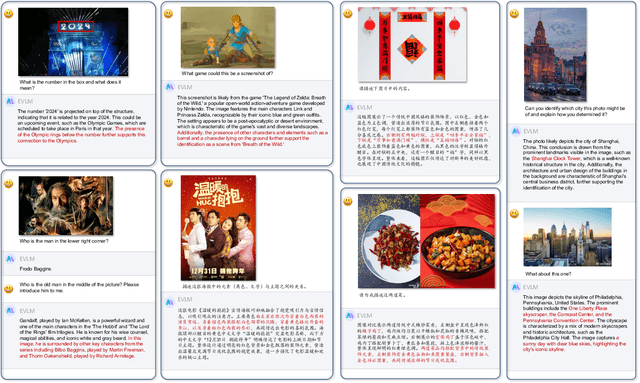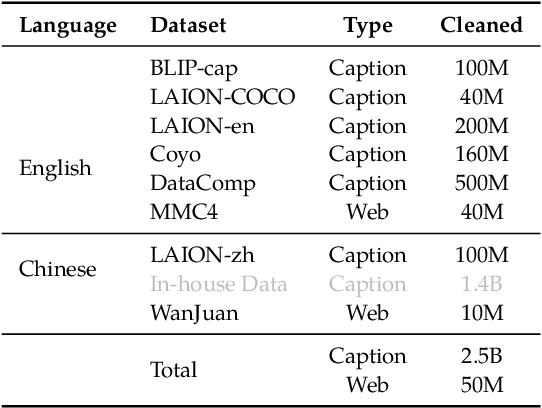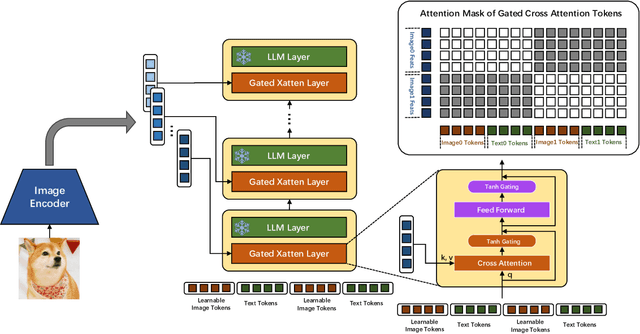Dewen Fan
EVLM: An Efficient Vision-Language Model for Visual Understanding
Jul 19, 2024



Abstract:In the field of multi-modal language models, the majority of methods are built on an architecture similar to LLaVA. These models use a single-layer ViT feature as a visual prompt, directly feeding it into the language models alongside textual tokens. However, when dealing with long sequences of visual signals or inputs such as videos, the self-attention mechanism of language models can lead to significant computational overhead. Additionally, using single-layer ViT features makes it challenging for large language models to perceive visual signals fully. This paper proposes an efficient multi-modal language model to minimize computational costs while enabling the model to perceive visual signals as comprehensively as possible. Our method primarily includes: (1) employing cross-attention to image-text interaction similar to Flamingo. (2) utilize hierarchical ViT features. (3) introduce the Mixture of Experts (MoE) mechanism to enhance model effectiveness. Our model achieves competitive scores on public multi-modal benchmarks and performs well in tasks such as image captioning and video captioning.
Improving Crowded Object Detection via Copy-Paste
Nov 22, 2022



Abstract:Crowdedness caused by overlapping among similar objects is a ubiquitous challenge in the field of 2D visual object detection. In this paper, we first underline two main effects of the crowdedness issue: 1) IoU-confidence correlation disturbances (ICD) and 2) confused de-duplication (CDD). Then we explore a pathway of cracking these nuts from the perspective of data augmentation. Primarily, a particular copy-paste scheme is proposed towards making crowded scenes. Based on this operation, we first design a "consensus learning" method to further resist the ICD problem and then find out the pasting process naturally reveals a pseudo "depth" of object in the scene, which can be potentially used for alleviating CDD dilemma. Both methods are derived from magical using of the copy-pasting without extra cost for hand-labeling. Experiments show that our approach can easily improve the state-of-the-art detector in typical crowded detection task by more than 2% without any bells and whistles. Moreover, this work can outperform existing data augmentation strategies in crowded scenario.
 Add to Chrome
Add to Chrome Add to Firefox
Add to Firefox Add to Edge
Add to Edge